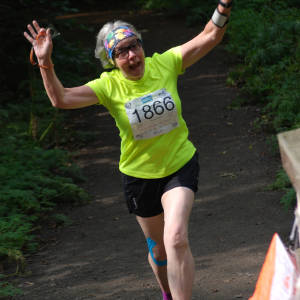The Largest House
We were booked in early at Skara Brae this morning and it lived up to all expectations (except that Neil Oliver didn't appear!) We have seen several programmes about the neolithic site over the years so it was at the top of the list when we booked to come to Orkney.
People were living at Skara Brae before the pyramids were built and that is brought in to reality by a timeline alongside the five minute walk to the site on the edge of Skaill Bay. It took a storm to reveal the presence of the houses and it is impossible to know how many there were in the 300-440 years it was inhabited as many have succumbed to the sea. The most incredible thing about the site is that it yielded thousands of artefacts. What remains in the present day are ten houses of varying sizes/ages and what is thought to be a workshop. All of the houses follow the same design and layout. In my blip you can see the dresser to the right opposite the main doorway with the central hearth in front of it. Projecting from the walls to right and left are stone enclosures that formed the beds. Some of the houses have waterproof boxes made out of stone and it is thought that these might contain limpets for preparing or pebbles on which a fire could be lit. This fire would heat the pebbles and so the water, thus boiling any fish placed in it - ingenious!
Each of the houses has cells let in to the walls which are thought to have been used for storage. I could write more on the nature of the dwellings but there is much online if you would like to learn more.
We took a quick tour of Skaill House and had a cuppa before moving on as the site was now becoming very busy. Indeed, we saw more folks today than we did anywhere on Shetland! We drove further north and parked up at Marwick to walk to Marwick Head, an RSPB cliff site. Once again the flowers did not disappoint with those drifts of thrift this time interspersed with bladder campion and scurvy grass (prettier than its name suggests). On the head stands the Kitchener Memorial, built by public subscription to honour the officers and men of HMS Hampshire which sank nearby when it hit a mine in June 1916. Only twelve survived out of the 667 crew. The story goes that Kitchener was on board en route to speak with the Russians to persuade the Czar to keep his country in the war.
We stopped awhile to watch the bird activity on the cliffs and managed to spot puffins amidst the ledges of guillemots. The gannets were flying towards the cliff below us which unfortunately we could not see, but then we did do very well for gannets back on Shetland.
We chuckled at an RSPB notice which asked folks not to feed the wild rabbits. I think they were doing a pretty good job of feeding themselves in the fields alongside our route!
Our circular route completed back at the bay, we returned to Stromness. Last night I noted on the ferry website that it is possible to drive on to the ferry the night before and have a cabin overnight thus avoiding having to get up at 4am for the first crossing, so we visited the travel centre to see if we could do that when we leave on Wednesday. Job done and complimentary breakfasts to boot!
After dining once more at the Ferry Inn we are now relaxing in our room listening to the pipers down below in the square.

Comments
Sign in or get an account to comment.


